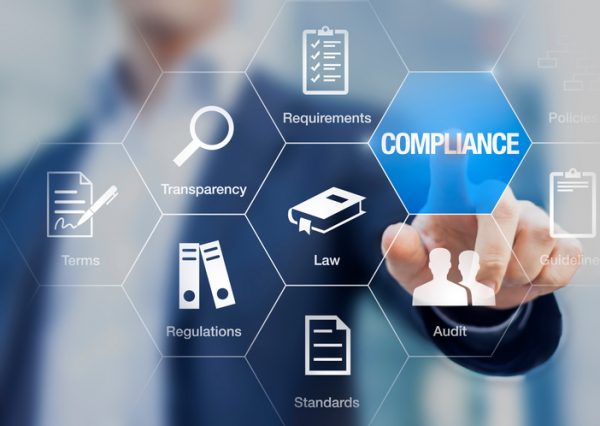
The shift to remote work and dispersed global operations at life science firms has forever altered the regulatory market.
We’ve seen an increase in the speed with which the industry is adapting to new methods, standards and requirements. The focus is now on how to drive greater data governance and quality through a unified framework. The challenge comes in instituting a framework that will meet regulatory and labeling requirements.

With the Rise of AI, What IP Disputes in Healthcare Are Likely to Emerge?
Munck Wilson Mandala Partner Greg Howison shared his perspective on some of the legal ramifications around AI, IP, connected devices and the data they generate, in response to emailed questions.
To ensure that local and global compliance is aligned and met, companies are turning to technological solutions. Firms are future-proofing operations by leveraging technology that enables quick reactions to any market changes, like the type of disruptions we’ve seen with the pandemic.
Looking ahead in 2022, there are three key areas of regulatory and labeling compliance technology, specifically around automated processes, that will provide greater agility to respond to future market changes.
Electronic standards
First, momentum will increase for electronic standards to become the accepted means of capturing and distributing information for regulatory compliance purposes.
Moving from document-centric regulatory process to electronic-based submissions is a significant change for life science companies. The process has been very document-centric up until now. And while we saw a shift to a more electronic data submission process in 2021, the industry is ready to take this further.
In the future, firms will look to use the paragraphs of content stored in online databases to create reports by stitching together already created paragraphs into new regulatory submissions. The value of this method is that companies can take existing information and quickly generate forms of media on various solutions to distribute product and safety information efficiently and easily. It plays to the greater agility that the marketplace is seeking and allows those working from home to easily repurpose content digitally for increased efficiency.
Automation
The key to successful labeling practices is automation.
In addition to repurposing approved regulatory content, automation technology will be essential to adopting the future labeling process. It assists with the planning and tracking of regulatory processes across dispersed global operations.
If a change or update is required, automation assists in the processing of new labels and quickly making information available at the local geographic level to meet regulatory requirements. It eliminates the manual processes associated with labeling that require so much time and effort today.
This year, we will see automation even more widely embraced by life science firms, allowing them to more quickly pivot for compliance with shifting regulatory requirements. It will drive information to health agencies, websites and portals and institute a new label printing process. Information will be available before a patient has the drug in hand thanks to this automated generation and distribution of controlled labeling.
Labeling
Labeling minimizes risk with the adoption of technology solutions. As mentioned previously, labeling automation is an important part of the regulatory function, especially for new medications. It ensures that all information distributed from global headquarters is fully vetted and used at the local affiliate level.
With solutions in multiple markets, companies must be able to react quickly to change. It has been a challenge to ensure that each local affiliate can quickly access information, understand why and how to make a change and then make sure that happens. Technology can help firms plan and track this process and provide greater functionality.
While machine learning plays into this at the base level, it is natural language processing that assists with the main portion of the content as it helps in making information available at the local level. And when natural language processing is combined with AI technology, it aids in providing the context of a safety impact that a direct translation may miss. The use of these technology solutions will greatly increase in the coming months, providing greater efficiency and regulatory compliance.
With a focus on technology solutions ranging from automation to artificial intelligence/machine learning, regulatory processes and requirements will secure the agility needed to adapt to new changes as they occur while ensuring proper compliance and information sharing. Additionally, it ensures that additional risk minimization measures – where information is shared in a targeted and measured manner with healthcare professionals and consumers – are fully addressed as well. Using technology solutions reduces overall risk, improves data governance and compliance across labeling and regulatory compliance operations.
Photo: NicoElNinom, Getty Images
Cham Williams is the Associate Director of Business Systems at IQVIA, responsible for designing products that help shape the next generation of RIM solutions. He has more than 20 years’ experience in the life sciences industry working globally for pharmaceutical, consulting and technology solutions companies. His expertise includes managing regulatory technology, business process optimization and systems planning and implementation.














